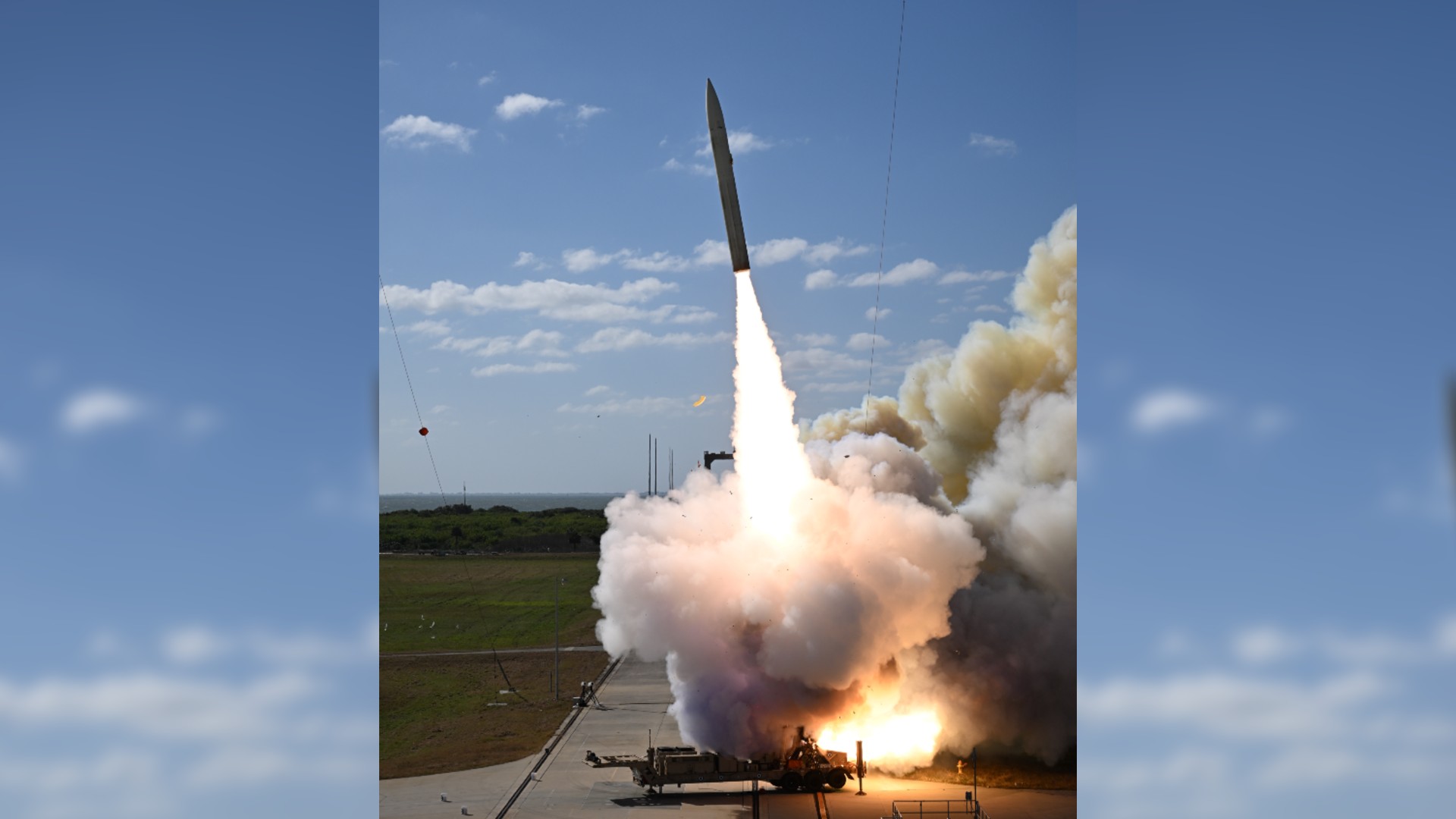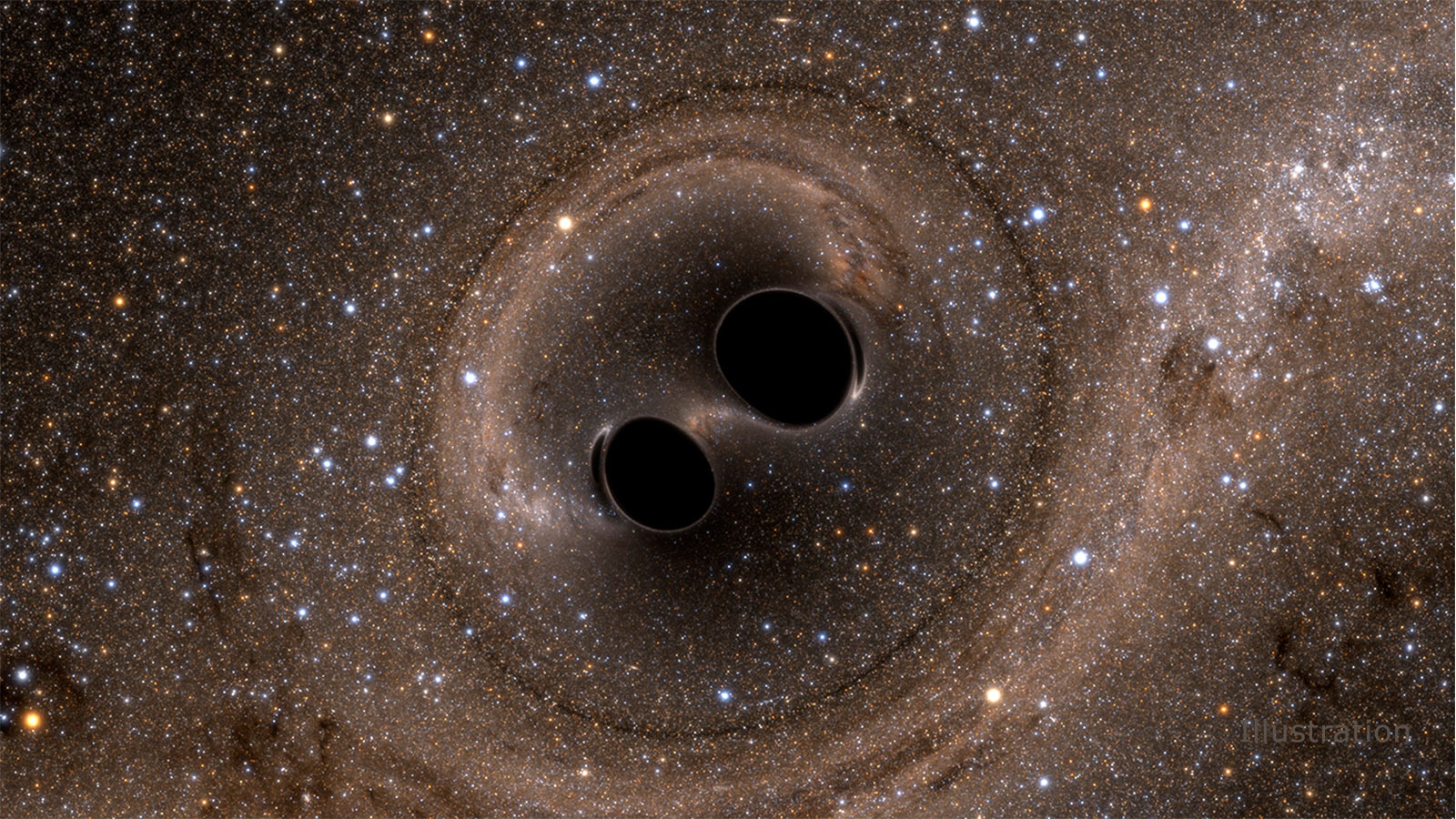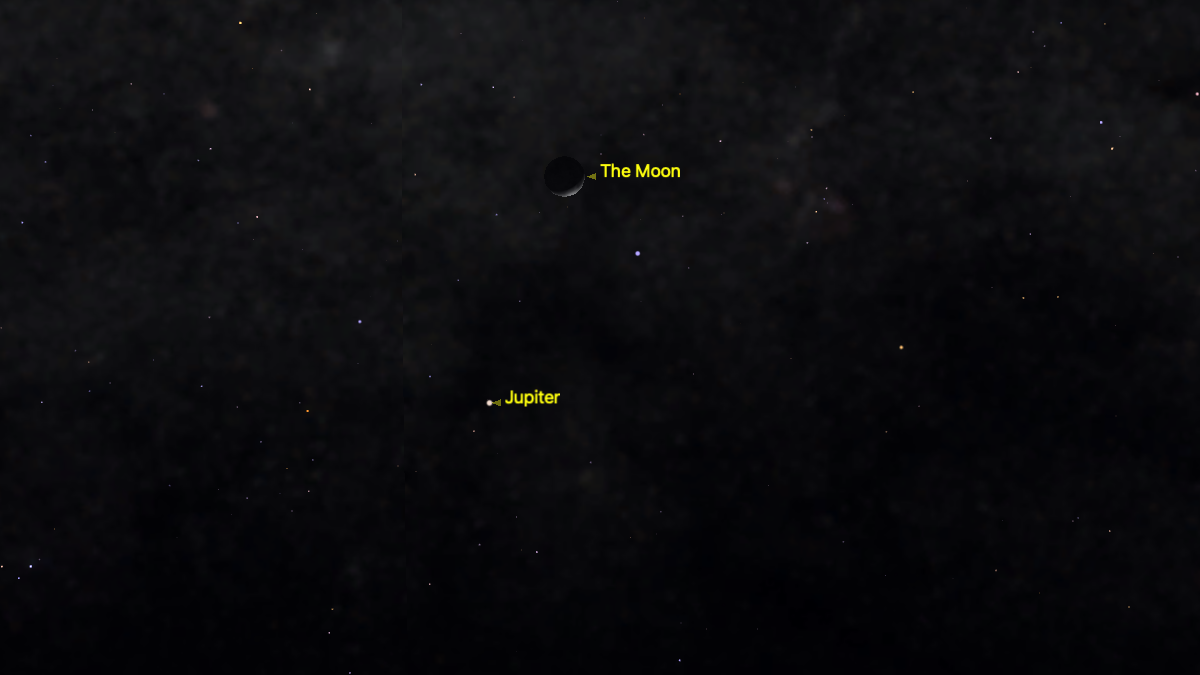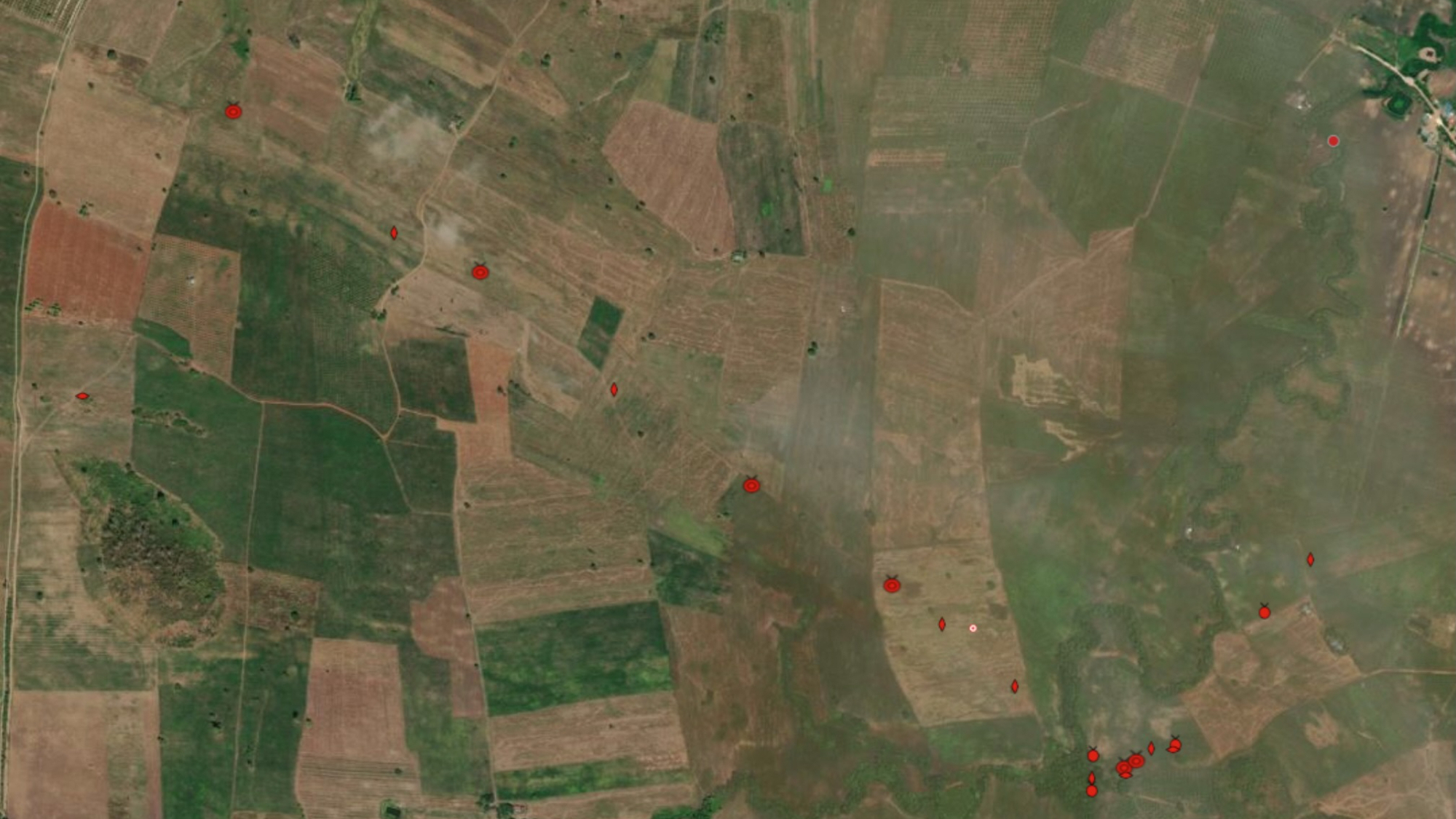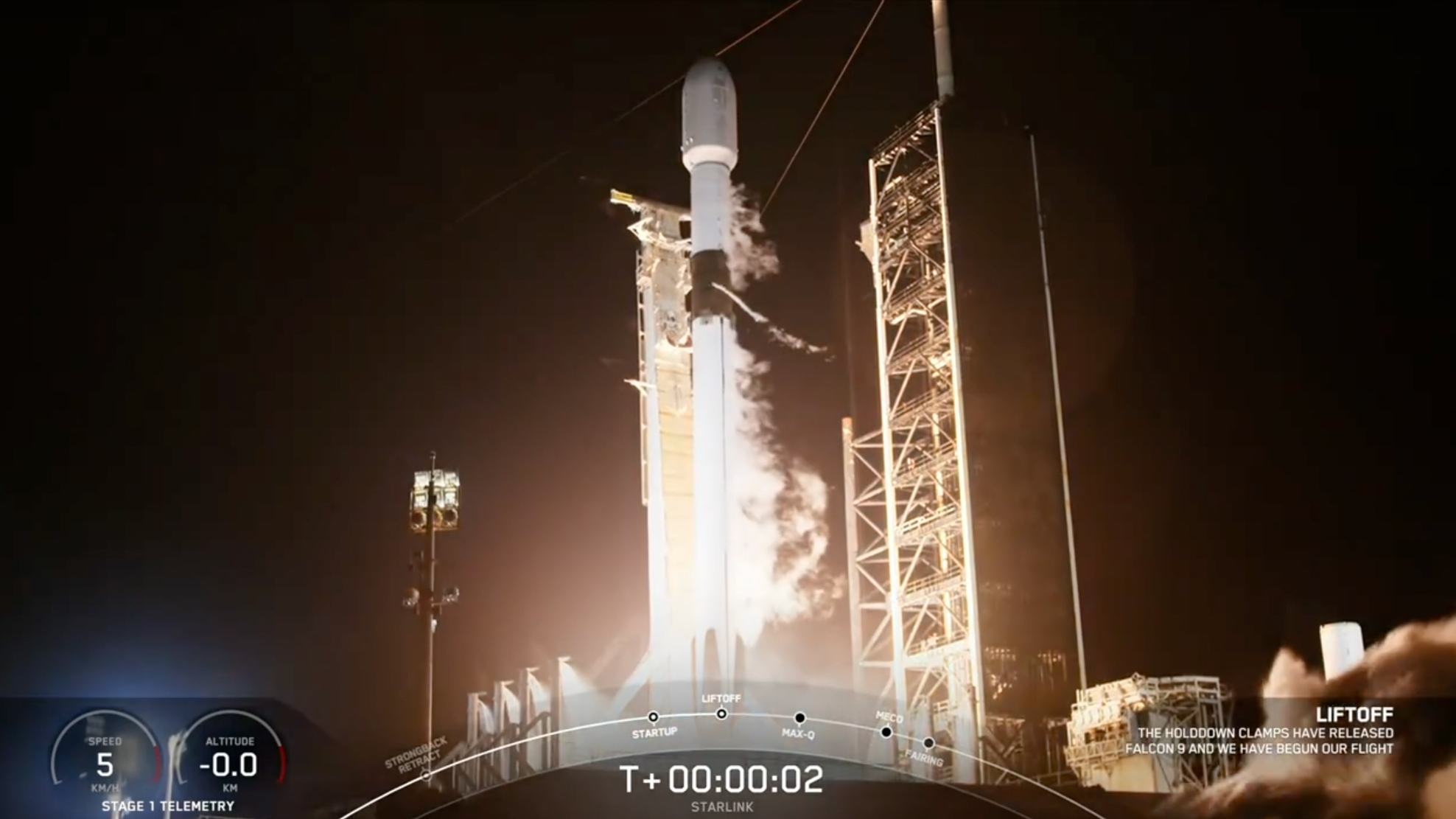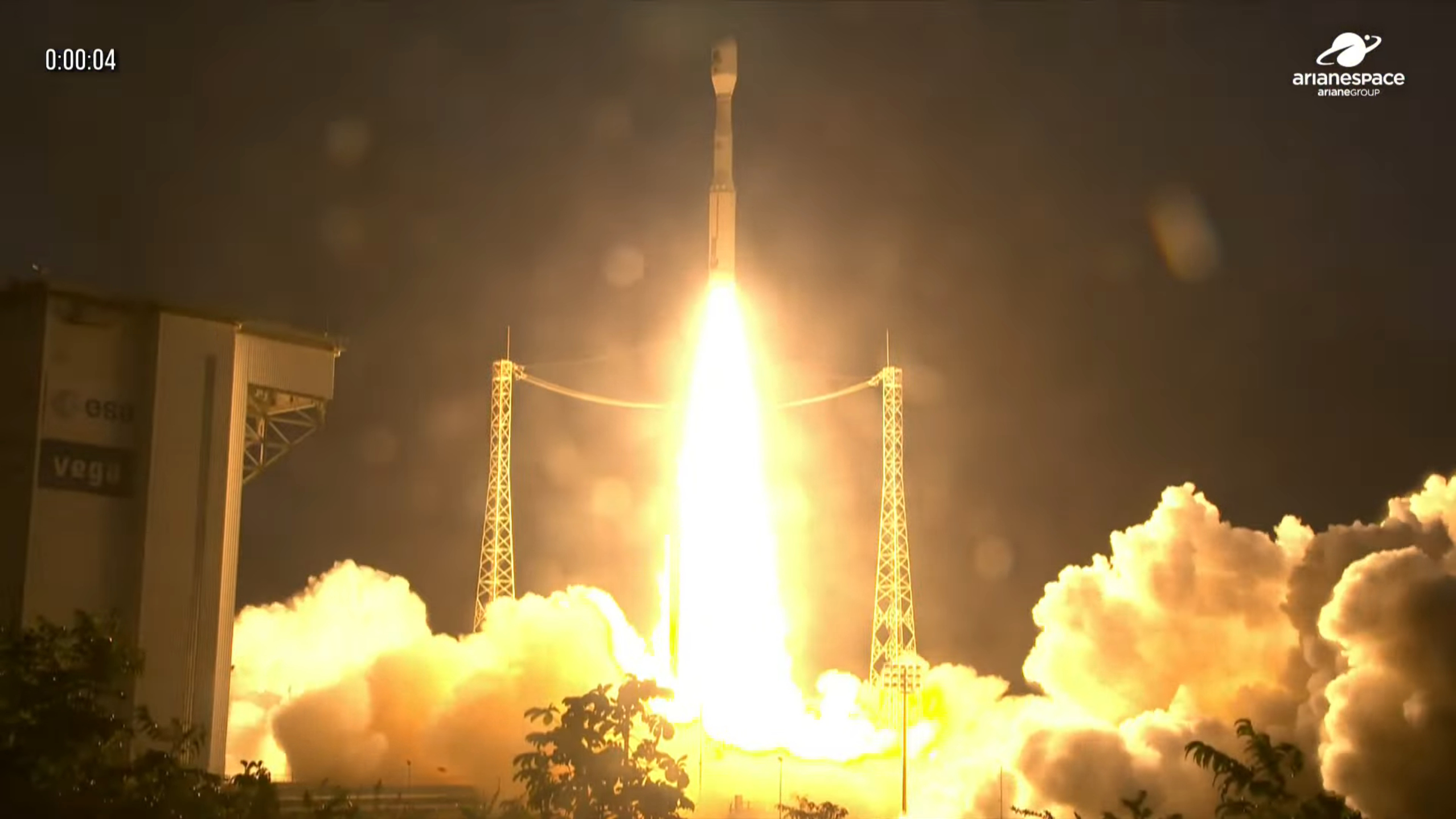Listen to music 'written' by doomed Aeolus wind-studying satellite (video)
Each instrument in the orchestral arrangement of the Aeolus sonification represents a different type of data collected by the satellite.
Earth's wind has never sounded like this.
To mark the end of the Aeolus satellite, which will die in a fiery first-of-its-kind reentry this week, the European Space Agency (ESA) released a video titled "Life of Aeolus," a musical piece written for a small wind ensemble based on one year of wind data collected by the satellite. The data was sonified — turned into sound — by assigning different types of Aeolus data to the pitch, volume and length of each musical note in "Life of Aeolus." Events recorded by the Aeolus satellite such as volcanic eruptions and storms are represented by drums or synthetic wind noises.
ESA launched Aeolus in 2018 in order order to gather precise data on Earth's winds that could be used to better forecast tropical storms, hurricanes and other weather events. At the time, it was the first spacecraft designed to measure Earth's winds from orbit. The satellite ceased operations in early July, and ESA is now preparing to guide the satellite back down in an ambitious reentry operation.
Related: A satellite will fall to Earth this week in a 1st-of-its-kind reentry. Here's what you need to know
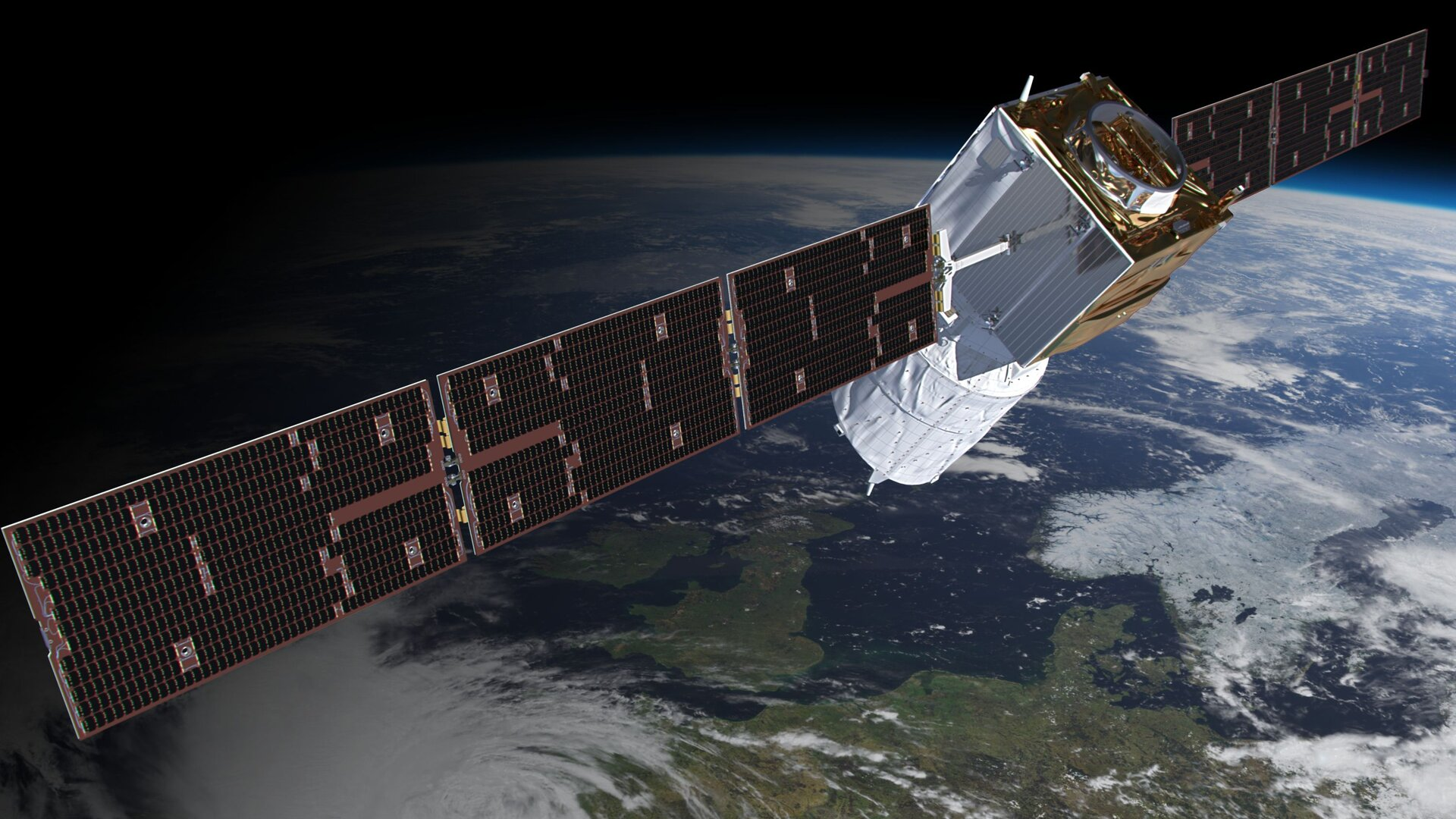
The full "Life of Aeolus" is just under 30 minutes in length and can be heard in its entirety on ESA's Soundcloud page. In the full piece, each second represents one day of data collected by Aeolus as it orbited Earth 16 times each day.
According to an ESA statement, each instrument in the orchestral arrangement of the Aeolus sonification represents a different type of data; the highest, the piccolo, corresponds to data collected from the tops of clouds using the satellites lasers. The lower instruments, bassoon and bass clarinet, represent data collected much lower close to Earth's surface. Everything in between — clarinets, flutes and oboes — represent variables such as cloud density, air pressure, air temperature and wind velocity.
The COVID-19 pandemic meanwhile, underscores large sections of the song, represented by a pulsating synthesizer rhythm.
Get the Space.com Newsletter
Breaking space news, the latest updates on rocket launches, skywatching events and more!
Composer Jamie Perera, who scored "Life of Aeolus" using ESA's data, said the piece is essentially a time capsule, having captured major events that occurred during the satellite's life.
"For me, it's meaningful. Aeolus has gathered vast amounts of data that's been useful in all those situations," Perera said. "As a way to tell that story, I think it does the job very, very well. We've got some world events, such as the pandemic, hurricanes and eruptions, that have happened while this satellite has been whizzing around above our heads."
ESA is already lowering the orbit of the Aeolus satellite, which is expected to reenter the atmosphere on Friday (July 28). Some 80% of the satellite should burn up upon reentry, and the other 20% should splash down safely in the Atlantic Ocean, ESA officials have said.
Join our Space Forums to keep talking space on the latest missions, night sky and more! And if you have a news tip, correction or comment, let us know at: community@space.com.

Brett is curious about emerging aerospace technologies, alternative launch concepts, military space developments and uncrewed aircraft systems. Brett's work has appeared on Scientific American, The War Zone, Popular Science, the History Channel, Science Discovery and more. Brett has English degrees from Clemson University and the University of North Carolina at Charlotte. In his free time, Brett enjoys skywatching throughout the dark skies of the Appalachian mountains.


